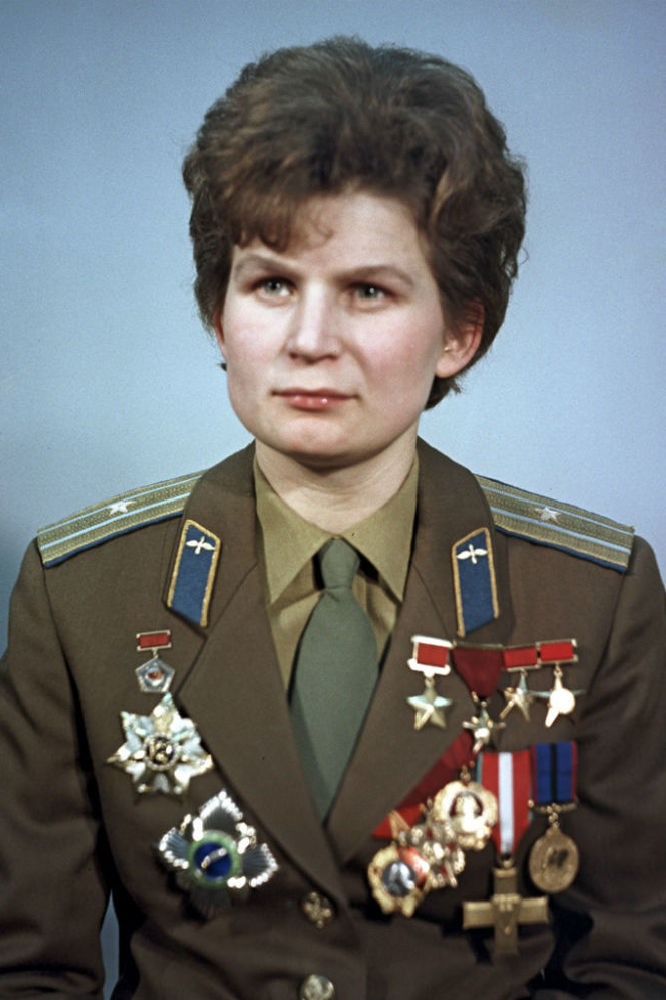Here at Female First, we love celebrating amazing women from all over the world for their contributions to everything from the arts and sciences to politics and humanitarianism. But on Ada Lovelace Day, we turn our focus onto the achievements of women in all areas of science, technology, engineering and mathematics, in honour of the computing pioneer.
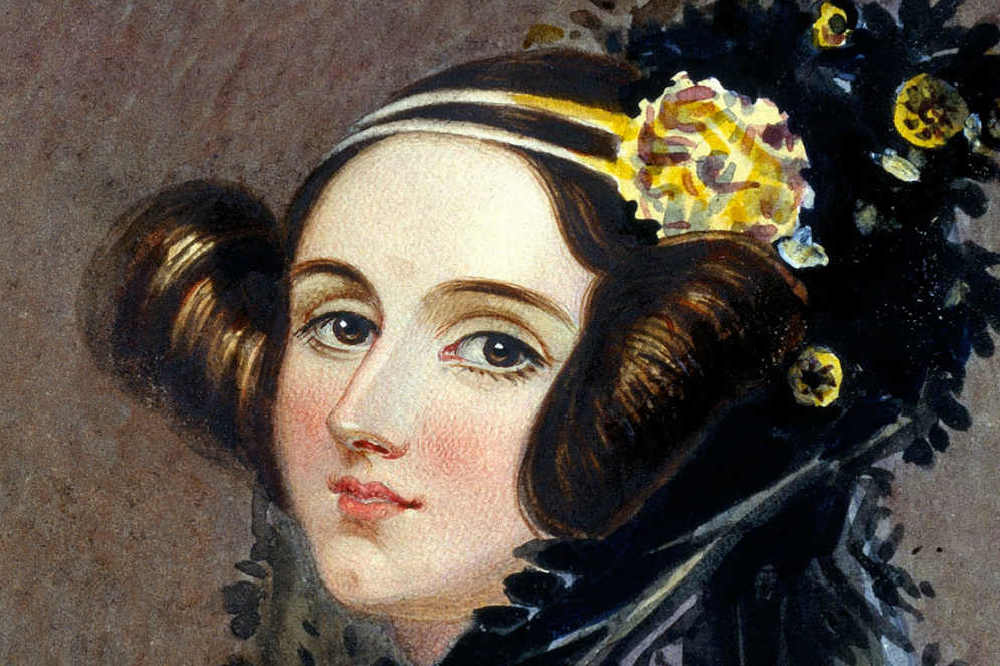
Photo Credit: Wikimedia Commons
Here are seven women who paved the way for their peers:
Ada Lovelace (1815 - 1852)
The Countess of Lovelace pretty much invented the idea of computers as we know them today. She was Lord Byron's daughter and a 19th century mathematician who worked on the proposed general-purpose computer designed by Charles Babbage known as the Analytical Engine. It may not have been her idea, but she did realise that the machine could be used for multiple purposes besides calculation and published the first algorithm for such a machine. Thus, she is thought of as one of the first computer programmers, and the first to recognise the modern concept of a computing machine.
Marie Curie (1867 - 1934)
She's one of the most famous Nobel Prize winners in history being the first woman to win one, the only woman to win two, and the first person to win in two different fields. The first was in physics for her work on radiation including the theory of radioactivity, and the second was in chemistry for the discovery of radium and polonium and the isolation of radioactive isotopes. It is unfortunate that the field which made her would go on to be what killed her; she died in 1934 from aplastic anemia brought on by years of radiation exposure.
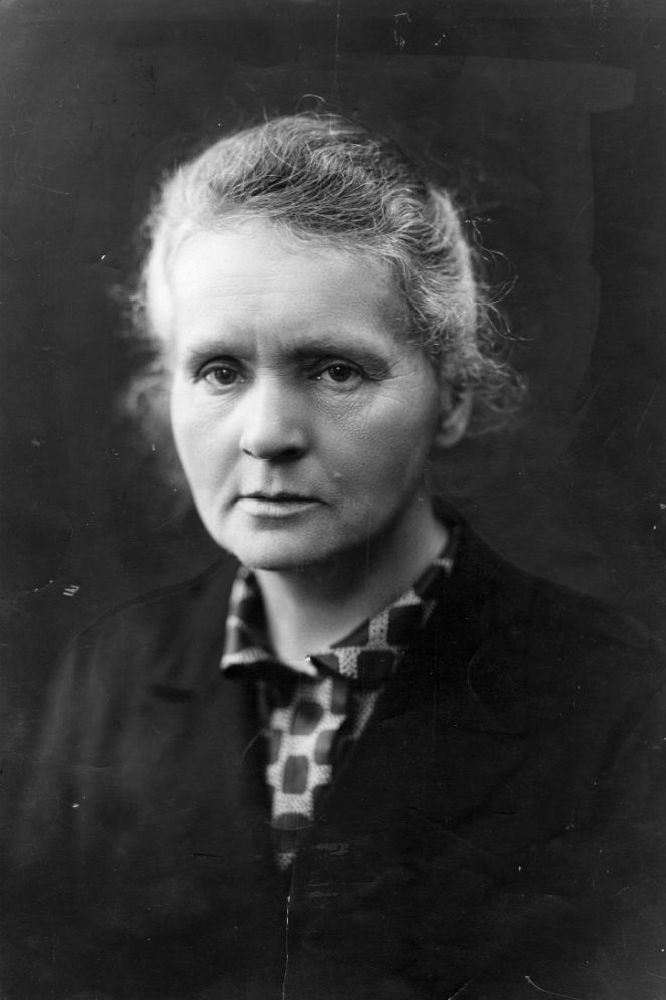
Dorothy Hodgkin (1910 - 1994)
British chemist Dorothy Hodgkin's development of protein crystallography allowed her to determine the molecular structure of penicillin, vitamin B12 and, perhaps most importantly, insulin. Why was this important? With knowledge of such structures, scientists are further able to see the effects of certain compounds and work out how to use, control and modify them. Indeed, Hodgkin spent many years travelling the world to discuss the importance of insulin in treating diabetes.
Hedy Lamarr (1914 - 2000)
This Austrian-born Hollywood star's talents extended much further than the silver screen. She helped develop a radio guidance system for torpedoes during World War II using spread-spectrum technology, enabling the signal to hop frequencies and therefore not easily get jammed or tracked. This technology would provide the foundation for the later development of Bluetooth and Wi-Fi.
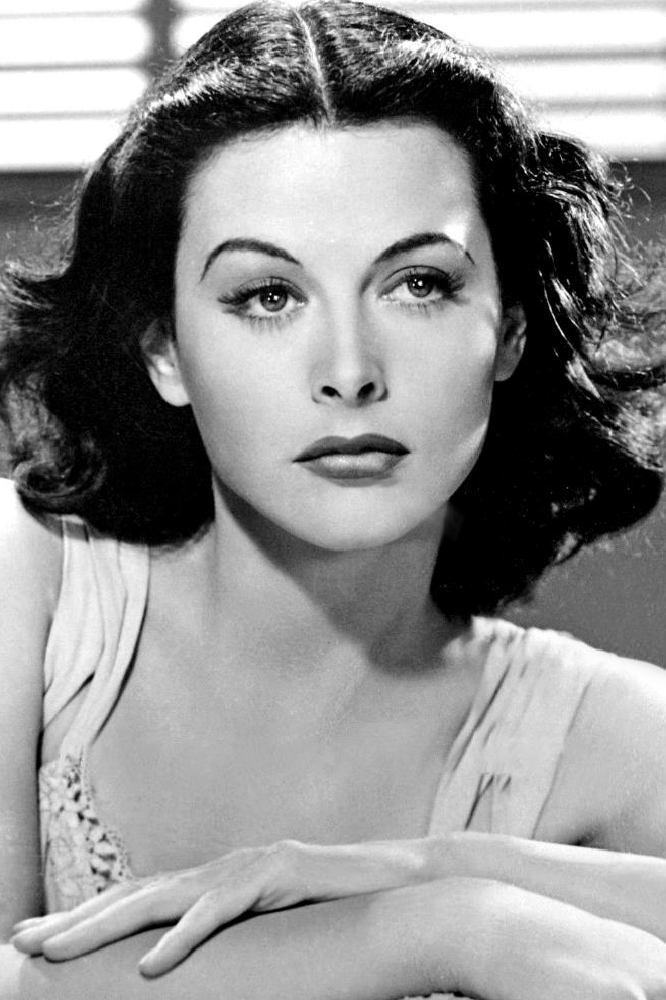
Rosalind Franklin (1920 - 1958)
Without this English chemist, DNA studies may have been very different. However, the extent of her contributions to this research was only widely acknowledged posthumously with the discovery of the double helix DNA structure. Until then, her experimental data could not be proven, but her research was used as the basis for all subsequent DNA models. Unfortunately, Franklin did not receive quite the respect that she deserved for her work until many years later.
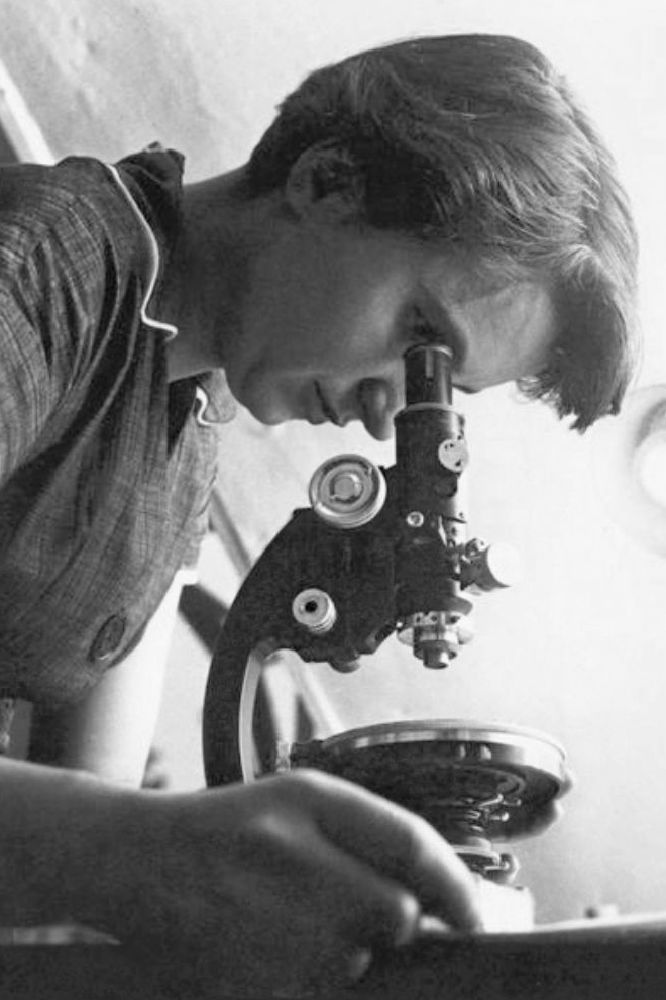
Stephanie Kwolek (1923 - 2014)
Poly-paraphenylene terephthalamide, more commonly known as Kevlar, is a high-strength synthetic fibre that has been used in bullet-proof vests, bicycle tyres, musical instruments, cars, cables, construction, smartphones and numerous other products. It's lightweight and five times stronger than steel - and it was invented by a woman. Stephanie Kwolek's work in polymer chemistry during her time at the DuPont company led to the discovery of such synthetic fibres which have not only proved useful, but also life-saving.
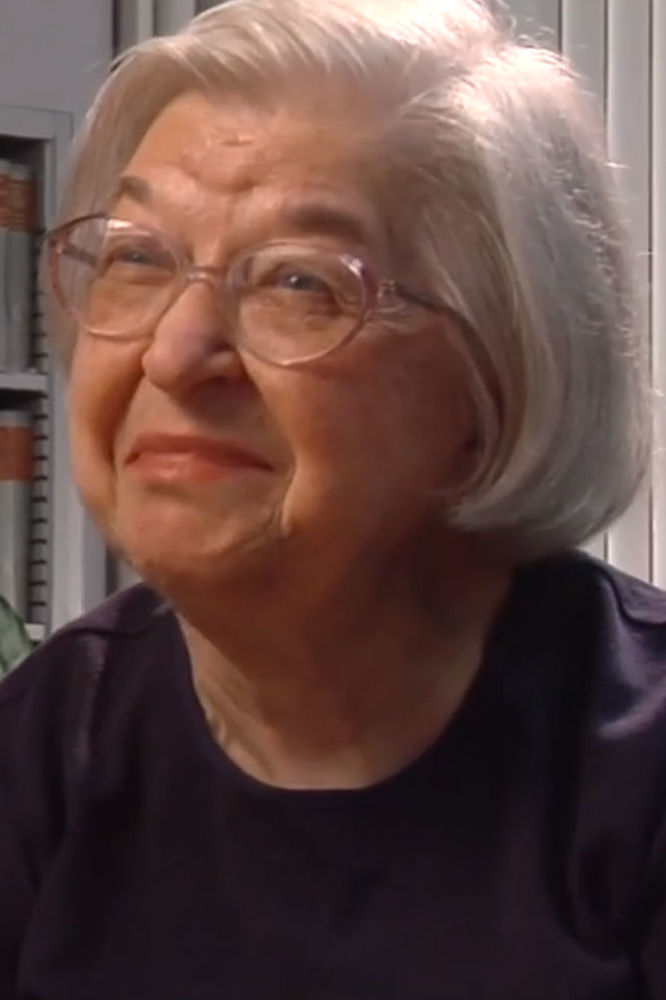
Valentina Tereshkova (1937 - present)
Not an inventor but still an important woman in science, the Russian cosmonaut became the first and only woman to have flown in space with a solo mission when she stepped aboard the Vostok 6 in 1963 at just 26-years-old. She was in space for nearly three days, taking photographs of the beautiful horizon which would later be used to identify aerosol layers in the Earth's atmosphere. Following her space career, she entered politics and became a member of the Russian State Duma.
